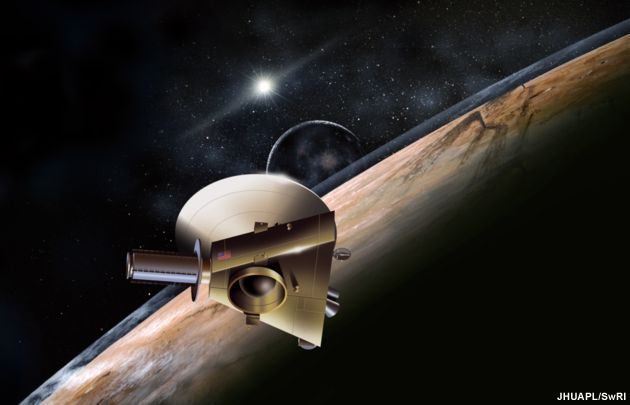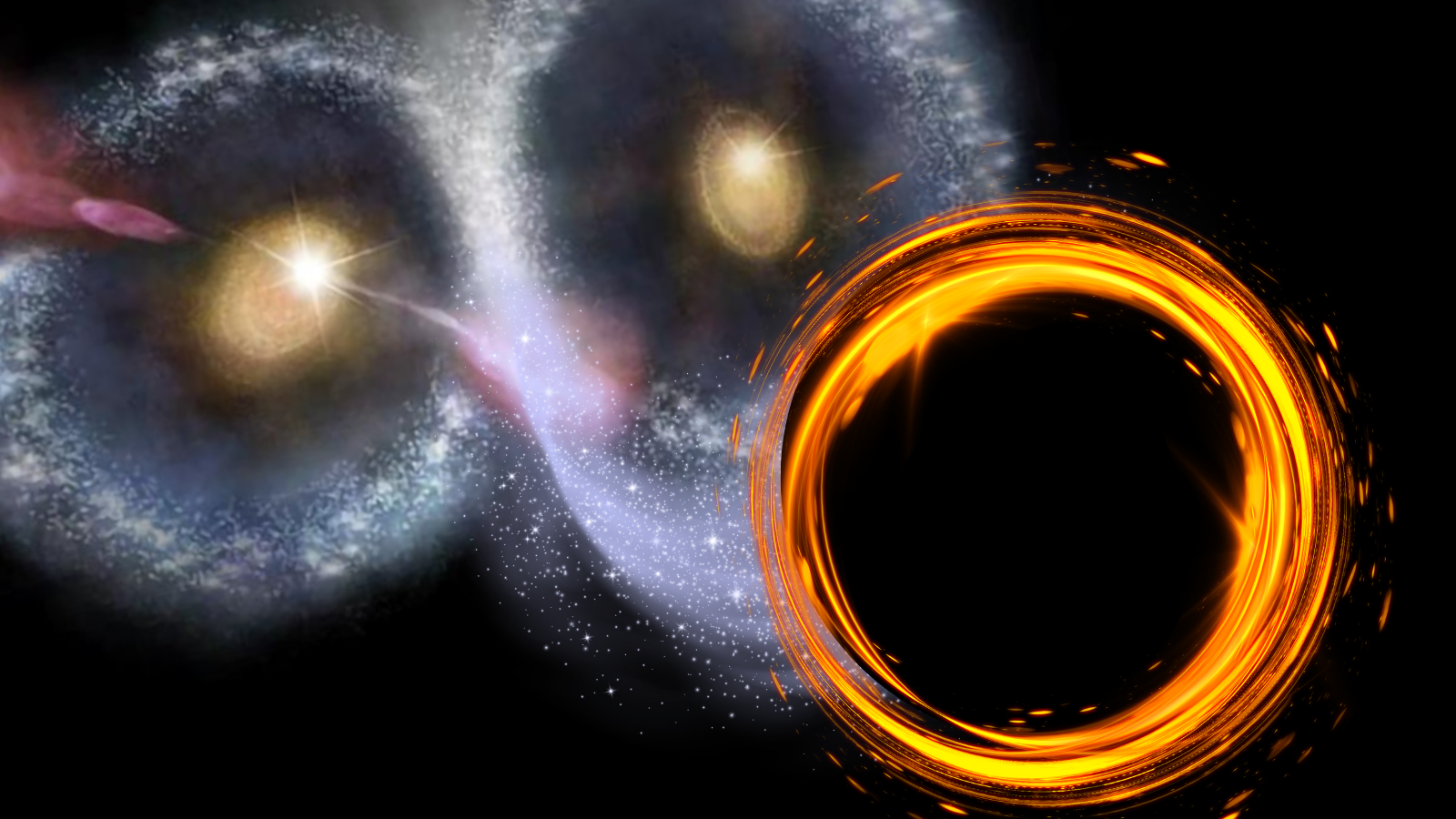NASA Seeks Public Views on Nuclear-Powered Pluto Mission

CAPE CANAVERAL -- NASAis offering people a chance to comment tonight and Wednesday on a plannedmission to Pluto that will carry nuclear fuel.
The New Horizons mission will use a plutonium-powered radioisotopethermoelectric generator for power in deep space, where sunlight isn't intenseenough to run the spacecraft. It's like the generators that flew in the Cassini probe now at Saturn. In fact, it'sCassini's spare.
"RTGs have a proven track record and safety record,"Kurt Lindstrom, NASA's executive for the mission, said in a press conferencetoday at Kennedy Space Center.
Several safety reviews and opportunities for public comment remain before thelaunch, now planned for January 2006.
The agency has released a draft environmental impact statement. The public cancomment on the statement and learn about the mission at the hearings at theFlorida Solar Energy Center in Cocoa, at Brevard Community College, today at 6p.m. and Wednesday at 1 p.m.
"We will not launch this mission unless it is safe to fly," Lindstrom said.
Ultimately, the mission must receive presidential approval.
Breaking space news, the latest updates on rocket launches, skywatching events and more!
Pluto is the last planet humans have not studied with a spacecraft. This probewill not only study Pluto and its moon, Charon, as itflies by, but will continue on to the mysterious ring of icy objects known asthe Kuiper Belt.
New Horizons will get there sooner, with a chance to see more of the Kuiper Belt, if it launches in the early part of its Jan.11-Feb. 14, 2006, launch window and can take advantage of a gravity assist fromJupiter.
Security problems at the Los Alamos National Laboratory halted production ofplutonium, threatening the mission. But project scientist Hal Weaver, at JohnsHopkins' Applied Physics Laboratory, said the mission will get enough fuel toreach at least one Kuiper Belt object, even if itlaunches in a 2007 backup window.
Meeting the schedule has been challenging, said Orlando Figueroa, a deputyassociate administrator in NASA's science directorate, but Lindstrom said theyhad a good chance of making the first window.
New Horizons will launch on a Lockheed Martin Atlas 5 rocket from CapeCanaveral Air Force Station.
According to the draft environmental impact statement, individuals have lessthan a one in a million chance of getting cancer from a catastrophic accident.
There's a 93.8 percent chance of a successful launch, the statement says; a 5.8percent chance of an accident with no release of radiological material; and 0.4percent chance of a mishap with a radiological release.
Weaver said he's not a risk expert, but he's familiar with the study.
"I personally feel very comfortable that I'm going to be safe," he said. "I'mgoing to be there with my family at the launch site to watch New Horizons gooff. And we live in a world of risks. I'm more concerned about teaching my16-year-old how to drive and being in the car with him, a lot more concernedabout that than the risks associated with the New Horizons launch."
You can find the draftEnvironmental Impact Statement and more information about the New Horizonsmission to Pluto by clicking here.
Publishedunder license from FLORIDA TODAY. Copyright ? 2005 FLORIDA TODAY.No portion of this material may be reproduced in any way without the writtenconsent of FLORIDA TODAY.

Chris Kridler is a writer, editor, photographer and storm chaser who authored a group of storm-chasing adventure novels called Storm Seekers. As a reporter covering space, her subjects have included space shuttle missions, the Mars Rovers from California’s Jet Propulsion Lab, and a Soyuz launch and mission from Kazakhstan and Russia. Much of that work was published through her longtime column at Florida Today. Her photographs have been featured in magazines and books, including the covers of The Journal of Meteorology, the book Winderful, and the Wallace and Hobbs Atmospheric Science textbook. She has also been featured in Popular Photography. Kridler started chasing tornadoes in 1997, and continues the adventure every spring in Tornado Alley.
